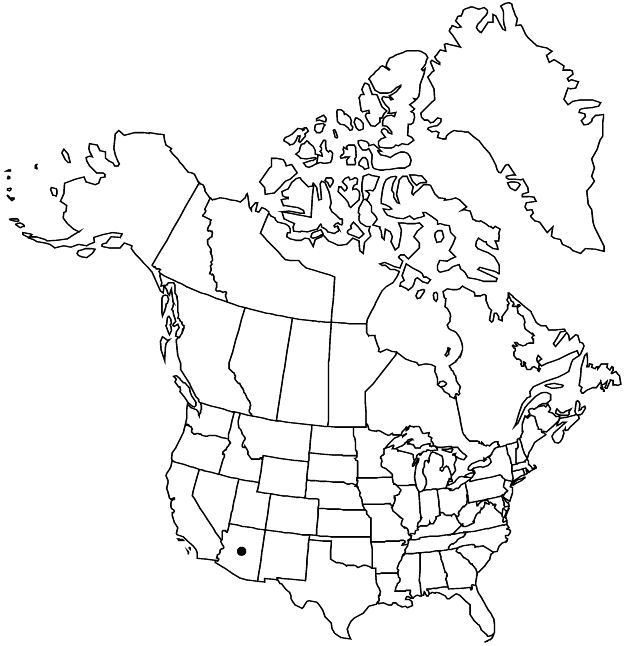Difference between revisions of "Amoreuxia gonzalezii"
Bull. Misc. Inform. Kew 1922: 102. 1922.
FNA>Volume Importer |
imported>Volume Importer |
||
| (5 intermediate revisions by 2 users not shown) | |||
| Line 40: | Line 40: | ||
-->{{#Taxon: | -->{{#Taxon: | ||
name=Amoreuxia gonzalezii | name=Amoreuxia gonzalezii | ||
| − | |||
|authority=Sprague & Riley | |authority=Sprague & Riley | ||
|rank=species | |rank=species | ||
| Line 55: | Line 54: | ||
|publication year=1922 | |publication year=1922 | ||
|special status=Conservation concern | |special status=Conservation concern | ||
| − | |source xml=https:// | + | |source xml=https://bitbucket.org/aafc-mbb/fna-data-curation/src/2e0870ddd59836b60bcf96646a41e87ea5a5943a/coarse_grained_fna_xml/V6/V6_702.xml |
|genus=Amoreuxia | |genus=Amoreuxia | ||
|species=Amoreuxia gonzalezii | |species=Amoreuxia gonzalezii | ||
Latest revision as of 22:23, 5 November 2020
Stems 20–60 cm, pilose (hairs wavy, slightly tangled, mostly on young growth), sparsely glandular. Leaves: petiole 3–10 cm, sparsely pilose (hairs wavy, slightly tangled, mostly on young growth), glandular; blade 7(9)-lobed, 2.5–6 × 3.5–9 cm, lobes obovate to linear, distal half of margins serrate, apex usually truncate to slightly obtuse, sometimes emarginate, 3–5 teeth of central lobe apex usually equally distal. Peduncles 2.5–5 cm. Flowers 6–8 cm diam.; sepals narrowly ovate, 15–20 × 5–8 mm, apex acute; petals pale yellow to orange, lateral petals each with 1 red mark at base, distal petals each with 2 conspicuous red marks at base, proximal set of filaments 13–19 mm with usually dark red, sometimes cream, anthers, distal set of filaments 8–10 mm with yellow-cream anthers; ovary densely silky-pilose (hairs long). Capsules ellipsoid, 5–8 cm, sparsely pilose. Seeds globose, sparsely pilose, hairs sometimes spinelike.
Phenology: Flowering Jul–Sep.
Habitat: Limestone outcrops/hills, granitic talus slopes, deserts, cliffs, upper Sonoran desert scrub/grassland transition zone
Elevation: 400–1400 m
Distribution

Ariz., Mexico (Sinaloa, Sonora).
Discussion
Of conservation concern.
Amoreuxia gonzalezii appears to be intermediate in morphology between A. palmatifida and A. wrightii. It has leaves with 7(9) spatulate lobes and seed coats hairy, similar to those of A. palmatifida, and seeds globose, similar to A. wrightii. Molecular phylogenetic data indicate that A. gonzalezii and A. wrightii are more closely related to each other than either is to A. palmatifida (S. B. Johnson-Fulton 2014).
Amoreuxia gonzalezii is very rare. In the United States, fewer than five populations have been found, primarily in two locations. Over its entire range, it is known to occur in fewer than ten localities. Major threats are alien species and herbivory by cattle, which find it very palatable. As with A. palmatifida, all parts of A. gonzalezii, especially the root, have been used as a food source by indigenous tribes in southwestern United States and northern Mexico (W. C. Hodgson 2001; H. H. Poppendieck 1980).
Amoreuxia gonzalezii is in the Center for Plant Conservation’s National Collection of Endangered Plants.
Selected References
None.